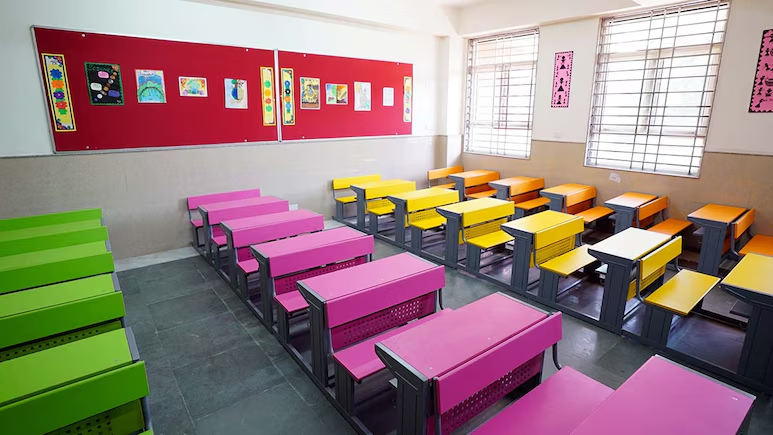
The Union Cabinet on Wednesday approved the National Education Policy 2020, five years after the first committee to draft it was constituted
The NEP 2020, will replace the last one framed in 1986 and modified in 1992.
The NEP 2020 was drafted by a committee chaired by the scientist, K Kasturirangan, and the draft was submitted and made public for comment in May 2019.
The cabinet has also approved the proposal to change the name of the Ministry of Human Resource Development (MHRD) to the Ministry of Education.
The draft proposes wholesale restructuring of higher education into three categories of institutions that conduct research, teach and are degree-granting colleges. It proposes phasing out the system of affiliated colleges and turning institutions that specialize in specific domains into multidisciplinary ones. Undergraduate programmes may stretch to four years with multiple-exist options. The system will be governed by a single regulator, Higher Education Commission of India. It also proposes allowing foreign universities to set up.
For schools, it plans universal early childhood education and a 100% gross enrollment ratio by 2030. It proposes teaching in the mother tongue till Class 5 and making English optional till Class 8. It proposes a National Assessment Centre -- Performance Assessment, Review, and Analysis of Knowledge for Holistic Development, or PARAKH -- to be set up as a standard-setting body for setting norms, standards, and guidelines for student assessment and evaluation for all recognized school boards. It proposes more exams in general.
School Education In NEP 2020
The NEP proposes to universalise early childhood care and education (ECCE) for children ages 3 to 6 by 2030 and also achieve 100% gross enrolment ratio in school education over the same period. Apart from the focus on ECCE, there is also emphasis on measuring learning outcomes and assessments. These are the main elements proposed for school education:
States and Union Territories will have to “group or rationalise” schools into “school complexes” by 2025
National Curricular and Pedagogical Framework for Early Childhood Care and Education (NCPFECCE) for children up to the age 8
New curricular and pedagogical framework of 5+3+3+4 years with a strong base of Early Childhood Care and Education (ECCE) from age 3.
Medium of instruction in mother tongue or local language regional language at least upto Class 5. English to be optional up to Class 8.
“School exams” in Classes 3, 5 and 8 and board exams in Classes 10 and 12
Reduction in curriculum to core concepts
A National Assessment Centre, PARAKH (Performance Assessment, Review, and Analysis of Knowledge for Holistic Development) to be set up as a standard-setting body for all recognized school boards.
Bagless days in schools
Gender-Inclusion Fund' to provide equitable quality education for all girls as well as transgender students.
Board exams to test knowledge application, to include ‘modular exams'.
Vocational programmes to be introduced from Class 6
Higher Education In NEP 2020
Achieve 50% gross enrolment ratio by 2035
Three categories of universities: research-intensive, teaching intensive and autonomous degree-granting Colleges
Phasing out the system of ‘affiliated colleges' over a period of 15 years through a system of “graded autonomy”
Undergraduate degree programmes will last three or four years with multiple exit options
Exit options include: Certificate after completing one year in a discipline, diploma after 2 years, Bachelor's degree after a 3-year programme and 4-year Multidisciplinary Bachelor's programme.
Major and minor system in degrees allowing students the option of multidisciplinary choices. For instance, Physics with Fashion Design
Credit transfer will be enabled through academic credit backs
Multidisciplinary Education and Research Universities (MERUs) will be set up
Internationalization of education –allow entry of foreign universities, student and faculty mobility
More faculty and institutional autonomy
Governance of Higher Education Institution (HEIs) by independent boards having academic and administrative autonomy
Fee fixation for private and public universities
All HEIs to be multidisciplinary by 2040
Professional education to be an integral part of the higher education system
A single regulator, Higher Education Commission of India (HECI), will regulate with the same norms for every type of institution, private and public.
Indian Institute of Translation and Interpretation (IITI) to be established.
Efforts to preserve and promote all Indian languages including classical, tribal and endangered languages will be undertaken
Establishment of a National Research Foundation (NRF)
National institutes for Pali, Persian and Prakrit will be set up.

